Everything in your life feels right. Well, except for one thing. You need a dog to share your home with! A pup to greet you at the door when you come home. Someone to cuddle up beside you when you feel down. And the perfect canine companion for those strolls through the park. However, while you LOVE dogs, you’ve never had one in your life. There’s SO much to consider: training, energy needs, grooming, diet, and safety. And those are the lists you put together before you even considered what kind of dog to bring home! With so many breeds available – each with their individual personalities and charms – how are you supposed to choose? If you’re new to puppy ownership, some breeds work better than others. And we have the best dog breeds for first-time owners to help you out with narrowing down that list.
Bringing a Dog Home
When you see an adorable puppy in a pet store or shelter, they’re hard to resist. They bounce around and beg you to bring them home. But if you’re not prepared? You can quickly find yourself overwhelmed. New dogs – especially youngsters – come with a pile of responsibility. And it’s important to consider everything that comes with owning a dog:
- Veterinary visits:
- Vaccines
- Dewormings
- Spay/Neuter
- Dental care
- Potty-training
- Daily exercise
- Proper diet
- Grooming needs
The best dog breeds for first-time owners still require you to think through these things. However, they fit nicely into YOUR lifestyle. For instance, if you’d rather not break out the vacuum every day, you can consider a dog breed that doesn’t shed. You’ll need to find a groomer you feel comfortable with to keep the hair under control, but at least you won’t have to cope with fur tumbleweeds roaming the floor.
And, realistically? You should consider investing in pet insurance for your new canine companion. Large or small, dogs come with veterinary costs. And it’s impossible to prevent EVERY illness or accident. That insurance can save your wallet (or savings account!) down the road. It’s the best friend of ANY first-time dog owner.
Thoughts on Breeds
You’ve probably watched dog shows on television or admired a breed you’ve seen out in the park. And there’s nothing wrong with loving certain dogs. But when it comes time to bring a pup into your life, you need to do your homework. Not every breed works for every person. If you rarely move from the couch in your apartment, a herding dog will NOT fit your lifestyle. They’ll drive you crazy, demanding to go out outside every five minutes. And if you can’t keep up with their active lifestyle? They’ll turn to destructive habits.
At the same time, if you DO love running and getting out into nature, you need to avoid pups with calmer, sedate demeanors. A Bulldog will love you and happily play in the yard, but they’re never going to help you train for a marathon. Their brachycephalic face won’t allow them to breathe for a lengthy run.
It’s okay to sit down and make a list of dog breeds you LOVE. But then you need to conduct some research:
- How much space do they need?
- What kind of activity do they require every day?
- What’s the temperament of their breed?
- How easily do they train?
- Are they family-friendly? (If that’s important to you)
- What was the dog bred for?
As you fill in your answers, you may find some of your favorites aren’t the best dog breeds for first-time owners. And that’s okay. Down the road? Maybe things will change. My mother ADORES Irish Wolfhounds. But their house and yard are much too small, and she knows they can’t keep up with the breed’s energy demands. Recently, though, a family moved into the neighborhood, and they have a handsome Wolfhound. So my mom gets to go out and pet him every time they walk by. It’s a nice compromise.
Choosing Your Dog
Once you have your list of dog breeds, it’s time to find your new best friend. Do you want to start with a puppy? Or would an adult dog fit into your life better? Either one works, but you need to consider your time (and patience) commitment. A puppy will need MORE training than an older dog who’s already housebroken and knows how to walk on a leash. Training isn’t difficult, but it takes work. And certain breeds? They catch on faster than others.
Luckily, some of the best dog breeds for first-time owners are easy to adopt from rescues. Fostered into happy homes, they come to you, complete with manners and basic commands. It’ll take some of the pressure off your shoulders if your schedule doesn’t have much wiggle room. And you can always add in your own tricks if you want.
Mixed Breeds
Of course, you ALWAYS have the option of adopting a mixed breed pup from your local shelter. These dogs combine different traits from multiple breeds, making them an excellent option for first-time dog owners. “Mutts” often have hardier dispositions, so they don’t end up with the illnesses or orthopedic problems you often find in pure breeds. And their temperaments are usually milder than the original breeds.
Talk with the rescue volunteers when you stop by the shelter. Let them know about your lifestyle and what kind of dog you’re interested in. They’ll match you up with pups they feel fit and give you a chance to spend time together. And – down the road – if you get curious about what breeds make up your new canine companion? You can always get a DNA test for fun. (Though many shelters have started running them!)
The Best Dog Breeds for First-Time Owners
The best dog breeds for first-time owners share a few common characteristics. You see mild tempers and very easy-going pups. They’re happy participating in whatever activity you want. When it comes to activity? It depends. While some will eagerly accompany you jogging, others prefer a few walks and then snuggle time on the couch. Everyone’s eager to train, helping you to feel accomplished as you help your pup learn new things. And they’re all friendly, getting along with everyone. These dog breeds are the perfect introduction to dog ownership, and they’ll help you learn to love sharing your home with a furry friend.
The Best Small Dog Breeds for First-Time Owners
Whether you feel you have limited space or feel leery about handling a larger dog, small dogs often appeal to first-time dog owners. And small? It doesn’t equate to calm, quiet, or boring. These dog breeds happily engage in play and learning new tricks. In no time, you’ll find yourself inviting friends over to meet your new dog. And while those short legs mean you’ll have to cut back on how far you run or hike, these pups are still eager to join you on adventures. Small dog breeds for first-time owners pack plenty of personality and fun into their bodies.
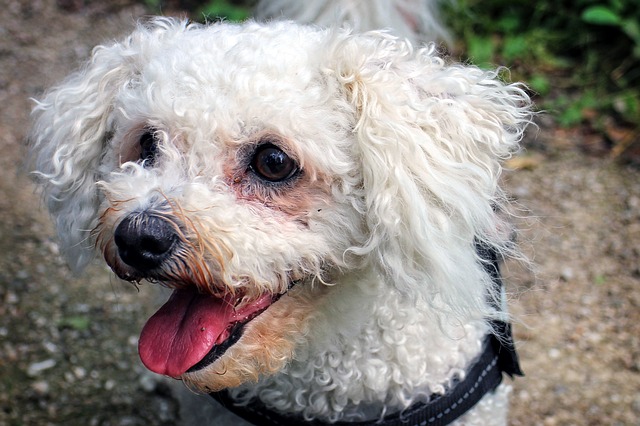
Bichon Frise 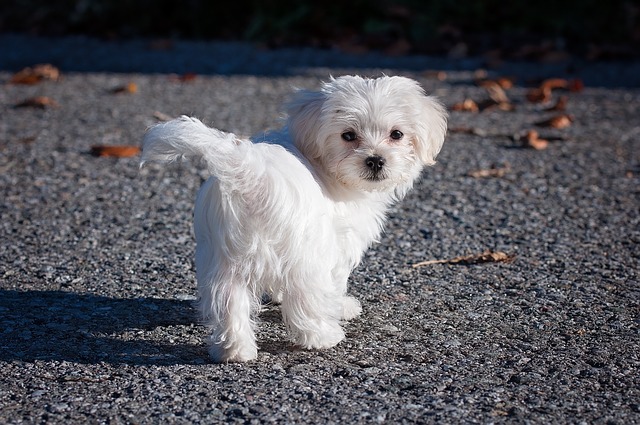
Maltese 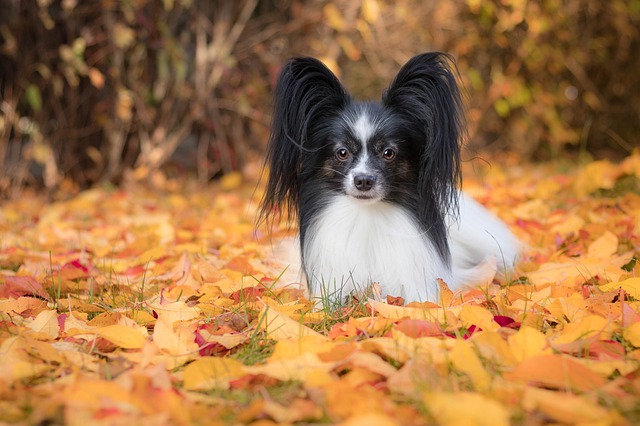
Papillon 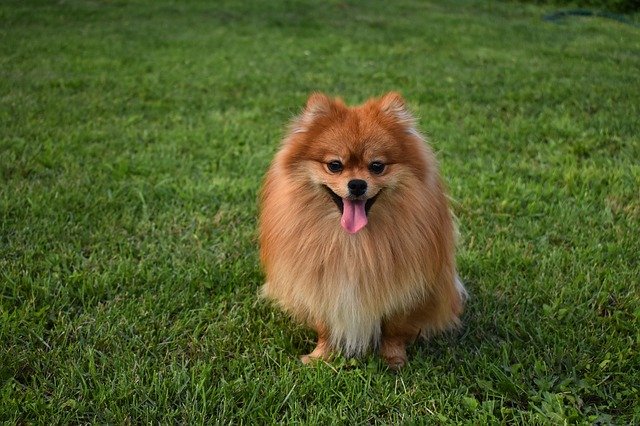
Pomeranian 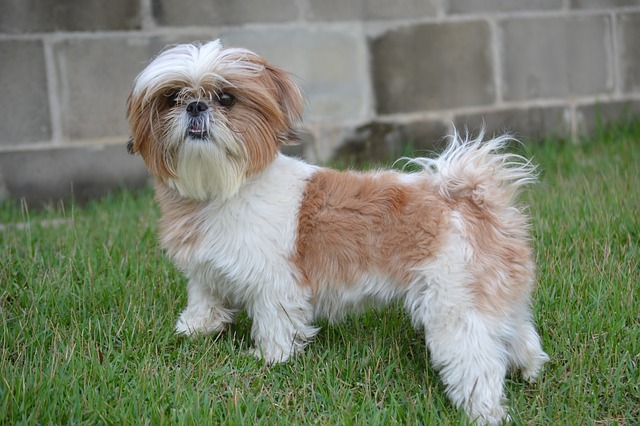
Shih Tzu 
Yorkshire Terrier
- Bichon Frise: No matter what kind of lifestyle you have, the Bichon Frise is happy to fit into it. They’ll live anywhere without complaint, and they only require a few walks a day with some room carved out for a game or two in-between. These little white cotton balls get along with everyone – including cats! And since those curls are hair and not fur, you won’t have to worry about shedding. You WILL need to get them to the groomer for a trim, though.
- Maltese: The first job for the Maltese was keeping people company, making them one of the best dog breeds for first-time owners. They do well in every environment, happily dividing their energy between playing in the backyard and cuddling with you on the couch. Highly intelligent, they aim to please when it’s time to train. You just want to take care with their delicate frame.
- Papillon: Papillons look fragile, but they’re active dogs that LOVE to learn and perform. And when it comes to energy demands? You don’t need to go beyond an average number of walks. And don’t let that long hair frighten you; it’s not difficult to care for. Regular brushing is all you need to worry about. Papillons have big personalities, and they extend that friendly smile to everyone they come across.
- Pomeranian: The Pomeranian is another dog breed for first-time owners with a fluffy coat that LOOKS intimidating. However, routine brushing takes care of it. Poms have sweet personalities, and they only ask for an average amount of your time to burn off their energy. However, they CAN get stubborn when it comes to training. You’ll need to start early and remain firm about your boundaries.
- Shin Tzu: With a history as companions, Shih Tzus work well for anyone looking for a calm lapdog. They prefer to hang out with you on the couch, with little interest in jogging around the park. They’re friendly pups, cozying up to even those they meet on their walks. You WILL need to take care of their hair, though, or it can quickly grow out of control and develop matting.
- Yorkshire Terrier: The Yorkshire Terrier is one of the most popular dog breeds for first-time owners. Their energy demands are one of the lowest, needing only a couple of daily walks. And while they have hair rather than fur and need a solid relationship with a groomer, most owners don’t mind. You WILL need a firm hand with training. Otherwise, they tend to become excessive barkers.
Best Medium Dog Breeds for First-Time Owners
You’re not sure about a small dog running around your house. They’re so tiny! And that makes you feel uncomfortable. Not to fear: you have the option of a medium dog breed for first-time owners. They don’t require as much space (if you’re concerned about losing your couch), but you feel more secure about having them underfoot. And when you’ve never shared a home with a dog, that’s important. You don’t want to panic about tripping over your pup. These beautiful dog breeds will do the trick.
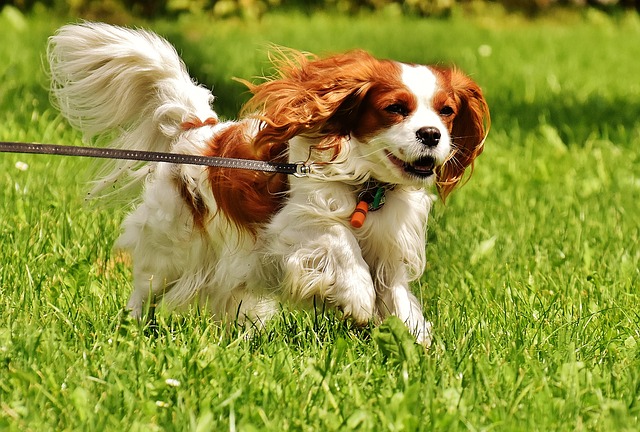
Cavalier King Charles Spaniel 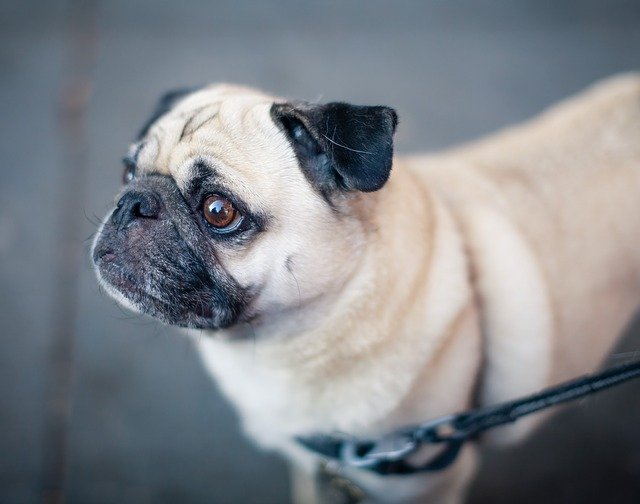
Pug
- Cavalier King Charles Spaniel: Cavis work well as dog breeds for first-time owners because they’re moderate – across the board! They have mellow tempers that allow them to get along with everyone they come across. They don’t have demanding activity needs. And when the day’s over? They love to snuggle. They’re sensitive to the people around them, making them easy to train. As long as you stay on top of brushing them, they’re a cinch to care for.
- Pug: Popular with everyone, Pugs also don’t ask much from their owners. They have short hair that’s easy to handle – without a groomer. They aren’t very active, but they LOVE hanging out on the couch. You WILL need to have pet insurance to handle their health problems, though. And when it comes to training? They aren’t the brightest doggie bulbs. You’ll need plenty of patience.
Best Large Dog Breeds for First-Time Owners
There’s nothing wrong with wanting to aim high. Large dog breeds for first-time owners DO exist. If you have the room they require and can accommodate their exercise needs, why not bring one home? You’ll spend more on food costs, of course (but you already did your homework, so you know that). And, really, nothing quite beats snuggling on the couch with a big cuddle bug.
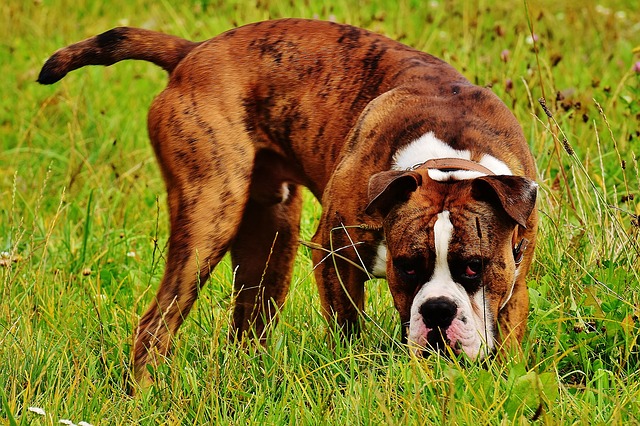
Boxer 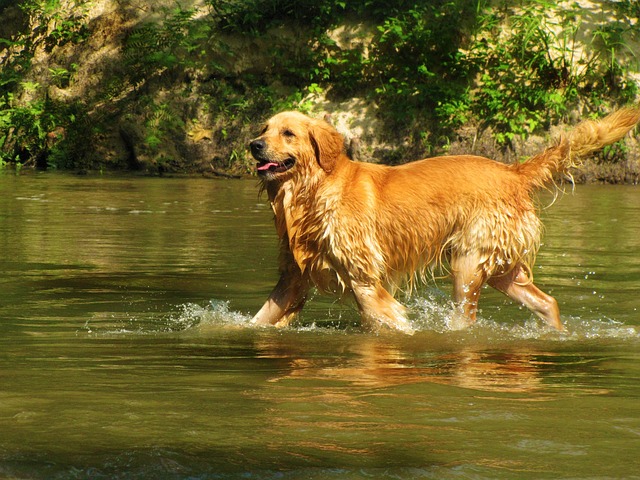
Golden Retriever 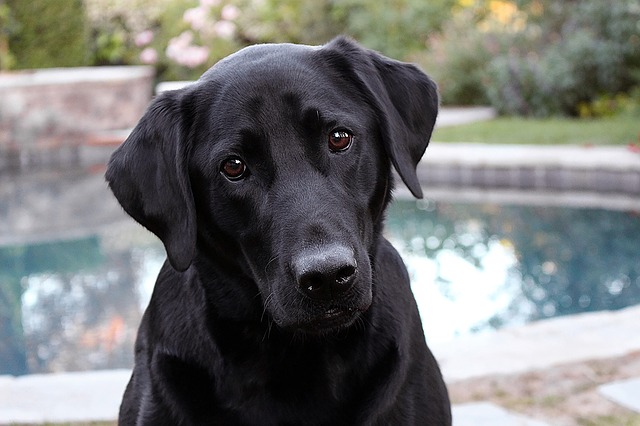
Labrador Retriever 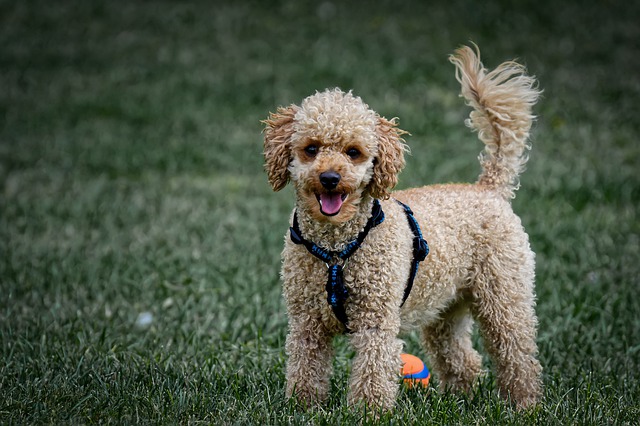
Poodle
- Boxer: Boxers work well as dog breeds for first-time owners that want a workout partner. They need LOTS of activity, and they’re eager to keep up with you. You don’t have to worry about hefty grooming needs, either, as they have short hair. A regular pass with the brush will do the trick. Originally bred for guard duty, they have a protective instinct. It’s nice to have that loyalty, but you’ll need to make sure you socialize them and work through training.
- Golden Retriever: Goldens work well in almost ANY situation. You need to make sure you provide them with plenty of exercise, so they don’t get overweight (or bored). But since they’re incredibly intelligent, training takes almost no time at all. And they LOVE spending time with you, no matter what you’re doing. You WILL need to cope with LOTS of shedding, though. Prepare to battle the furballs.
- Labrador Retriever: It’s no surprise Labs rank as one of the best dog breeds for first-time owners. They love people! And as long as you keep them active and out of trouble, they’re eager to please. You can take your Lab with you anywhere: jogging, swimming, hiking, or just for a walk around the block. And while they have a short coat, you WILL need to keep on top of brushing to prevent excess shedding.
- Poodle: One of the smartest dogs, Poodles are incredibly popular. And if you don’t want a standard size? You can always choose a miniature or toy to fit into your home. These curly-coated pups need plenty of physical AND mental activity to keep them out of trouble. But they love any exercise you’re interested in. And they don’t shed. You’ll just need a groomer to trim their hair.
Welcome to Your New Best Friend
Being a first-time dog owner? It’s overwhelming. You have so many checklists! But when you finally settle down and consider the dog breeds for first-time owners, it gets exciting. You’re about to bring a furry companion into your home! The emotions combine into excitement and love and spill out on your expression. And when you first see your new best friend? They know it. Once the two of you settle in together, you’ll wonder how you ever lived without them.
And then you can plan for the next one! (Seriously, they’re like potato chips)

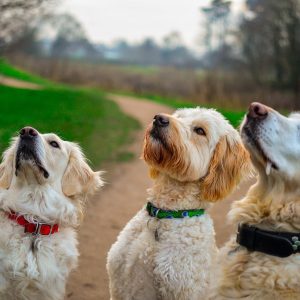
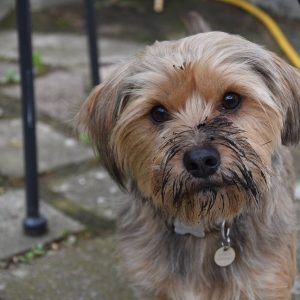



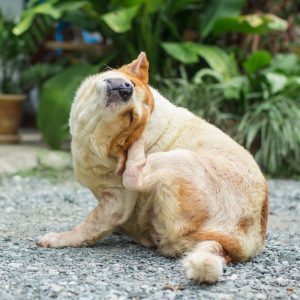
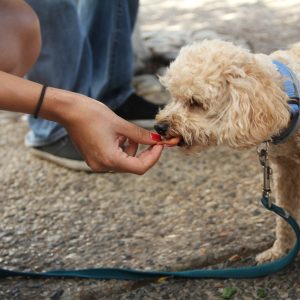

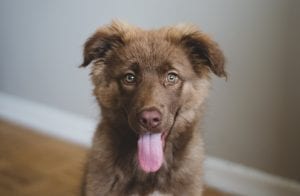
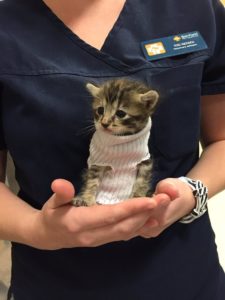
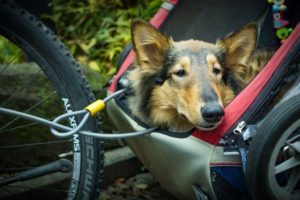
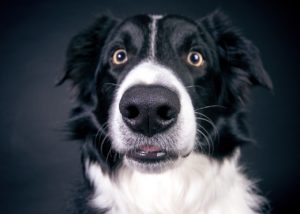
No comment yet, add your voice below!